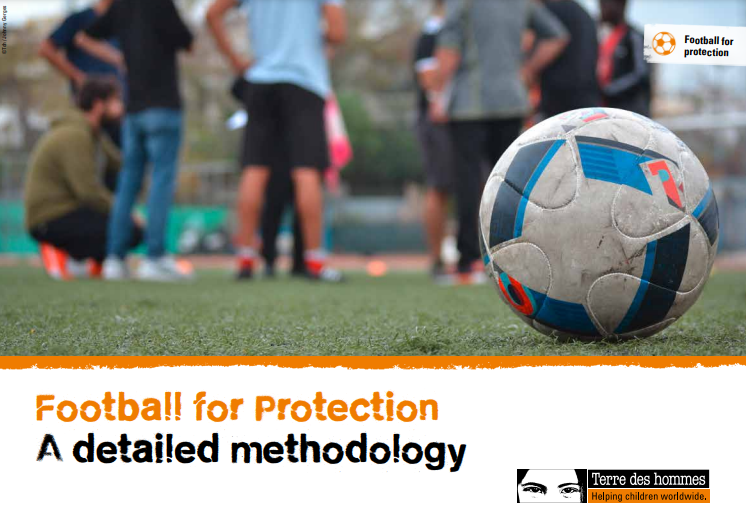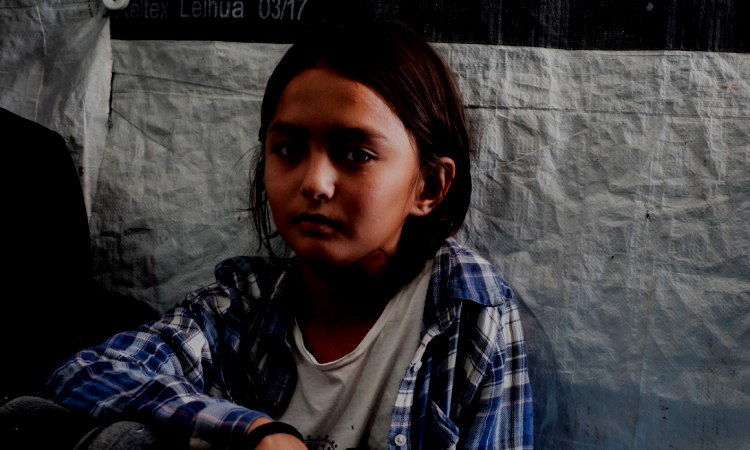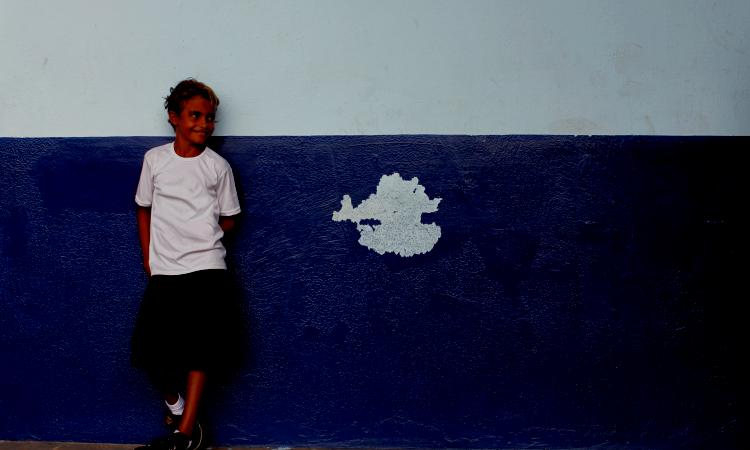
This guide was conceived based on the experiences of Tdh in Thessaloniki, Greece which is a culturally rich migration context combining more than 24 nationalities.
It contains three parts: 1. Football for protection foundations, 2. A methodology on the use of Football for protection, and 3. A detailed curriculum. In Thessaloniki, and in addition to cultural differences, basic barriers like communication and access to services still stand between humanitarian workers and the affected communities. Many reports highlight that staff working with asylum seekers and refugees residing in temporary open accommodation sites have little or no knowledge of the sports opportunities available outside the periphery of these sites.
Since 2017, Tdh has used football as a tool to promote the inclusion of asylum-seekers and refugees and increase social cohesion between the latter and local communities. The activities are conducted with the support of a Football coach who is experienced in Peace and Development approaches. Following a situation analysis and consultations with youths and coaches from Greece, India, Egypt, and Moldova the need to develop a practical tool to guide coaches in the planning and implementation of sports activities was identified: A curriculum with suggestions of exercises, games, and practical steps to enable learning was requested by 80% of the consulted coaches and young volunteers. Based on this need, the following methodology was developed to outline the theoretical basis of the proposed F4P curriculum, which in turn details the F4P program objectives, phases, exercises, drills, and reflections through a series of lesson plans and references. The methodology provides guidance to coaches, who then can support participants to achieve self-efficacy, improve their resilience, and accordingly protect themselves and their peers. Self-efficacy here refers to one’s belief in their capacity to achieve an objective or task. In situations where resources are insufficient to conduct large-scale protection activities, the application of this methodology can help build local capacity and provide psychosocial support activities. In addition, sports activities can be quickly set up for and launched, unlike other systems that demand multi-agency efforts. It can enable organizations to better understand the context, while directly starting with an effective community engagement activity. This methodology was conceived with a flexible, global approach that allows coaches to customize objectives and results for different contexts. We recommend using this document along with the F4P curriculum and the proposed games and exercises manual which can be found online.


